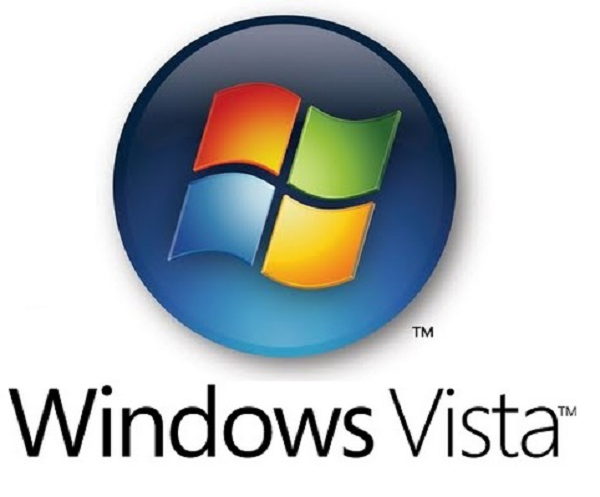Support for Windows Vista Comes To An End

On April 11th 2017, Microsoft officially ended support for Vista, meaning they will no longer be releasing security updates, patches or technical support for it. Therefore if your business computers are still running Windows Vista then now is the time to upgrade to a more recent version.
Although you will still be able to run Vista, your machine(s) will become increasingly vulnerable to security threats and viruses so it's highly recommended (if not essential) that you upgrade. Another consequence of continuing to use Vista is that you are not able to use Internet Explorer 9 to surf the internet. This means you will have to use an older version of IE, which can also make you more vulnerable to security risks.
Microsoft will also no longer provide downloads for Microsoft Security Essentials for Vista. Although you will continue to receive antimalware signature updates if you already have Microsoft Security Essentials installed, its effectiveness will be limited when installed on machines that are still running Vista.
How to check if a machine is running Vista
If you're not certain which version of Windows your business is currently running then it's very easy to check. Simply click the start button and in the search box type 'winver'. You will see winver show up in the search results – double click it and you'll be shown a dialogue box that will show you which version of Windows you have.
Upgrade options
If you want to upgrade to a later version of Windows then you have three main options – Windows 7, Windows 8 and Window 10. (Though you also have to check your hardware specification is suitable for one of these.)
Windows 7
Windows 7 is very popular with businesses and for good reason. It is very reliable and can also be customized to suit the particular needs of your business.
One downside of upgrading to Windows 7 though, is that official support for it will end on January 14th 2020 so it's not suitable if you don't want upgrade your machines again in the next few years.
Windows 8
Windows 8 is markedly different to Windows 7 in that it was Microsoft's first effort to provide a seamless mobile and desktop experience. Although Windows 8 does have more features than Vista and it will be supported until 2023, Windows 10 would be the better option if you want a fully optimised desktop and mobile OS.
Windows 10
Although Windows 7 & 8 are both viable options, having the latest version of Windows is always preferable. Not only does Windows 10 provide the most features as well access to the latest applications but it's also likely to be supported until at least 2025.
Below are the main options you have for upgrading to Windows 10 -
• Upgrade your current machines – The lower cost option for upgrading to Windows 10 is to install it on your current computers. However it's important to know if your machines are capable of running Windows 10. The majority of older computers don't meet the minimum specs so be sure to check this first. We can do this for you.
• Invest in new machines – If your current machines cannot run Windows 10 then it's worth considering investing in new hardware. Although this can be expensive, particularly for larger businesses with many computers, the peace of mind that comes with running a fully up-to-date OS is worth it. With many business machines available today, you can get Windows 10 as the on-board operating system.
In summary, staying with Windows Vista is really NOT an option. If you're still unsure which way to go to upgrade then get in touch with us today on 0131 603 7910 for more suitable advice for your business.




